South American wine has captured the world’s attention, from Argentinean Malbecs to Chilean Carménère. The region’s sun-kissed Andean valleys and regions of mineral-rich soils doused in Mediterranean-like climates create the perfect breadth of conditions for a variety of grapes to thrive. In preparation for your South American tour, we’ve pulled together an overview of South Americas’ most unique wine varietals along with a few labels to seek out for a proper taste of each.
1. Malbec
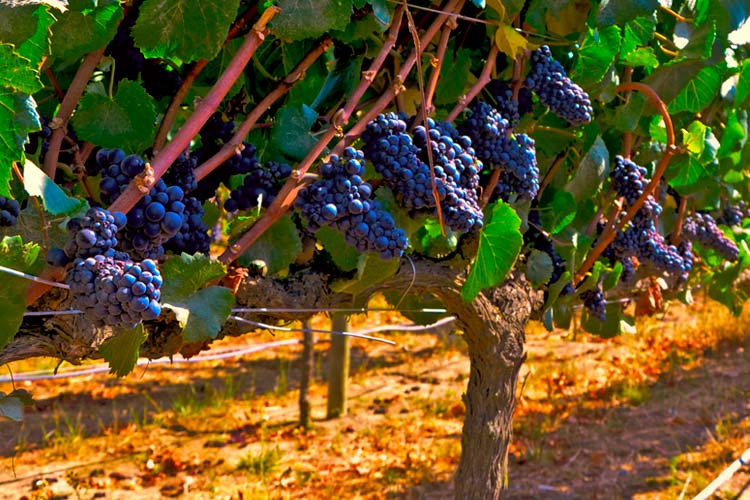
Malbec
Malbec, that famous fruity red, is South America’s best known variety due in large part to the steady stream of world-class bottles coming out of Argentina. In fact, we all have the vineyards of Argentina to thank for bringing this retired French vine back from the dead. As your private Argentina tour takes you through Mendoza, the heart of South America’s Malbec country, seize the opportunity to sample a variety of Malbec styles straight from the source.
What Labels to Look For: Bodega Norton, Santa Julia, Humberto Canale, Viu Manent, Caliterra
2. Torrontés
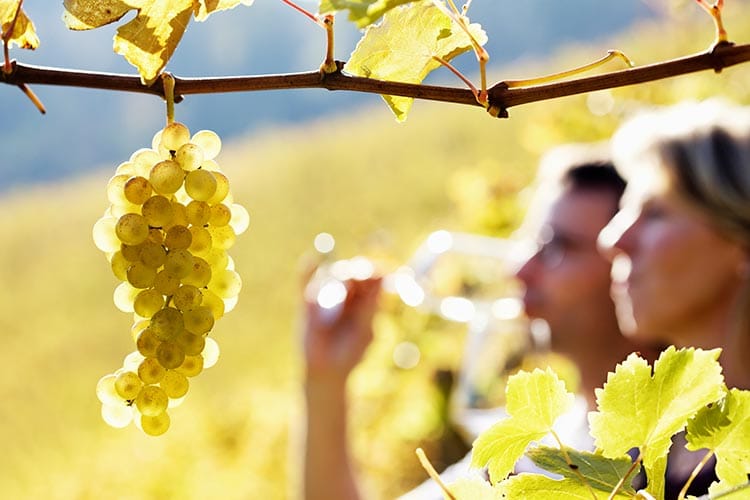
Torrontés
Locally nicknamed “the liar”, Torrontés is a high-altitude-grown white wine that leads with fruity, floral, and tropical notes that trick you into thinking you’re sipping a sweet wine, but whose mouthfeel tells a different story with a bone dry and bitter finish. It’s one of South America’s only native grape varieties and is little known beyond Argentine borders. Save your Torrontés tasting for Cafayate, near Salta, and the Uco Valley in Mendoza for some of this grape’s best expressions.
What Labels to Look For: Susana Bablo, Etchart, Piatelli, Colome
3. Carménère
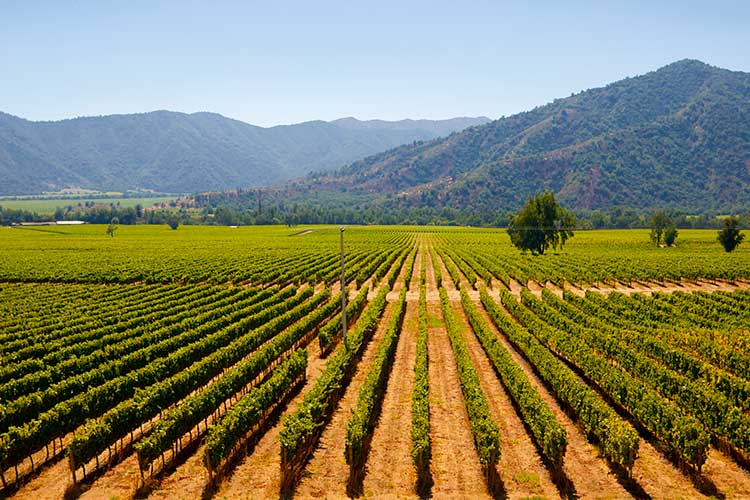
Carménère
Carménère has become Chile’s most iconic grape. Since the arrival of the vine to Chilean soil in the 1860s, the originally French varietal took root all over Chile’s sunniest landscapes, albeit under the mislabel of Merlot. The grapes grew, and continue to thrive, across vineyards spanning the Colchagua Valley to the Maipo and from Alto Cachapoal to Aconcagua; their resulting fruity and savory flavor is so distinct that it’s a wonder they were ever mistaken for anything but Carménère.
What Labels to Look For: Lapostolle, Montes, Santa Carolina, Errazuriz, Valle Secreto, Viña Ventisquero
4. Pais
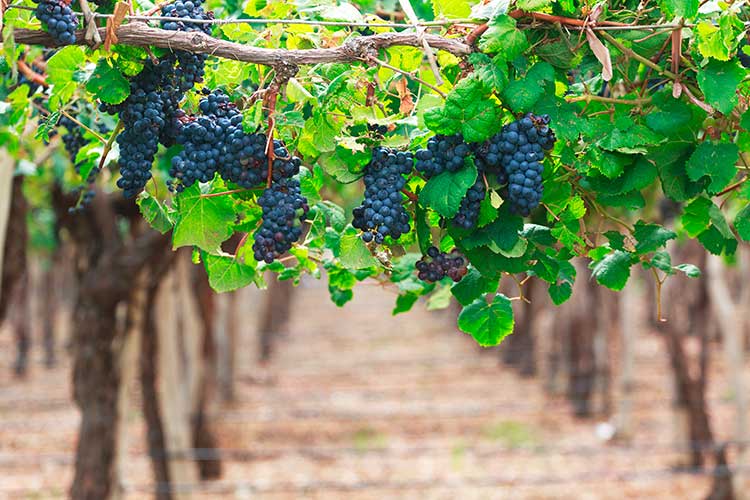
Pais
Pais was one of the first grapes to ever be planted in the Americas. Overlooked for centuries, the red variety is undergoing what some would call a revival. Chilean winemakers and viticulturists are pulling on old and new techniques to create surprising new varieties of Pais. From sparkling and fruity champenoise styles to earthy and rustic flavors, this vino is one to seek out when traveling South America, especially when in the Secano Interior, Itata, Maule, or Bio Bio wine regions of Chile.
What Labels to Look For: Miguel Torres, Concha Y Toro, Cacique Maravilla
5. Bonarda

Bonarda
Bonarda is essentially the Argentinean cousin of the Chilean Pais, snubbed for decades as a simple table wine. Today, it’s an up-and-coming Argentine red wine fruity on the nose, complex in aroma, and a regular palate-pleaser with notes of black cherry compote, fresh blueberries, and plum. If you’re a fan of Malbec, you’ll certainly want to ask for a pour of Bonarda during your Argentina trip.
What Labels to Look For: San Juan, La Rioja, San Rafael, Rivadavia, Passionate Wines, Matias Riccitelli
With Your Palate Whet, Are You Ready to Plan Your Custom Tour of South America? Contact a Kuoda Travel Designer today to begin planning a tailormade travel itinerary for your unforgettable trip to South America.

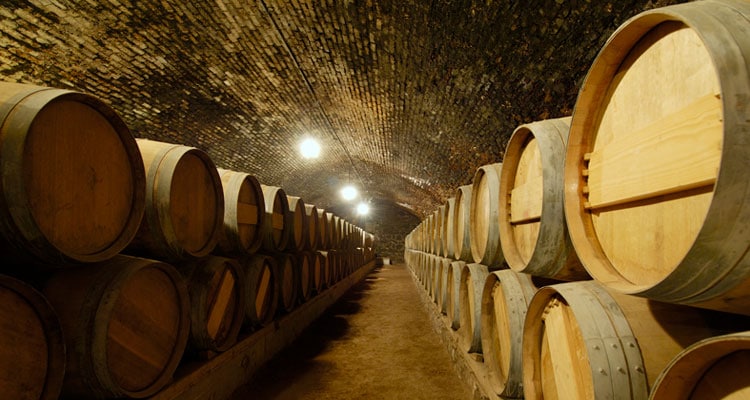
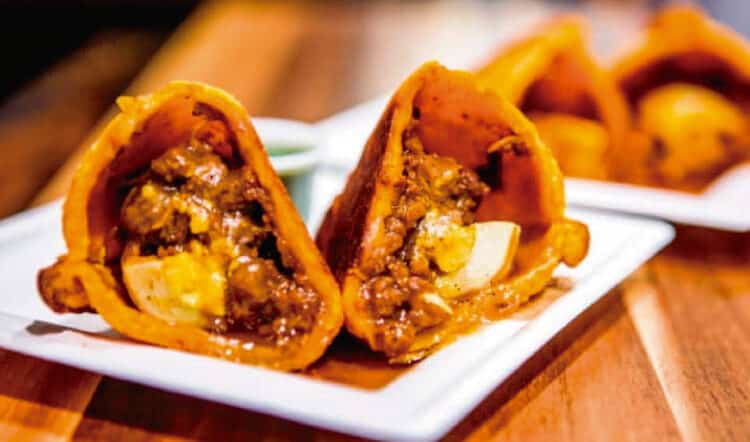
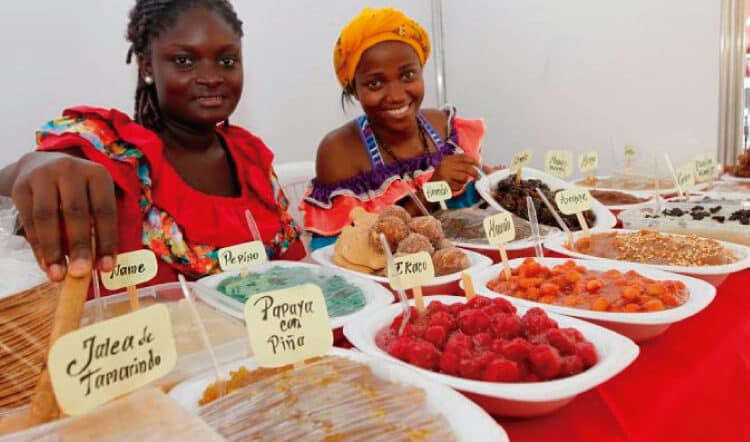

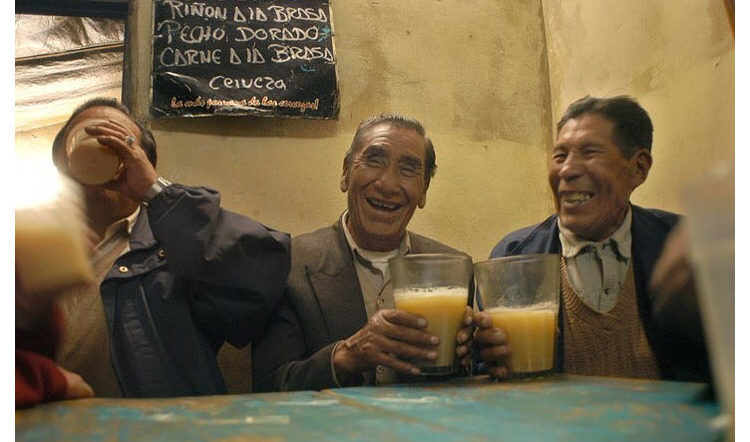
Leave a Comment